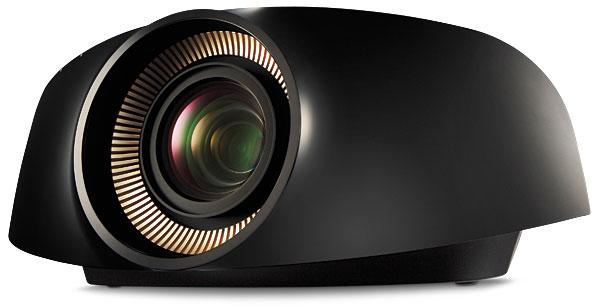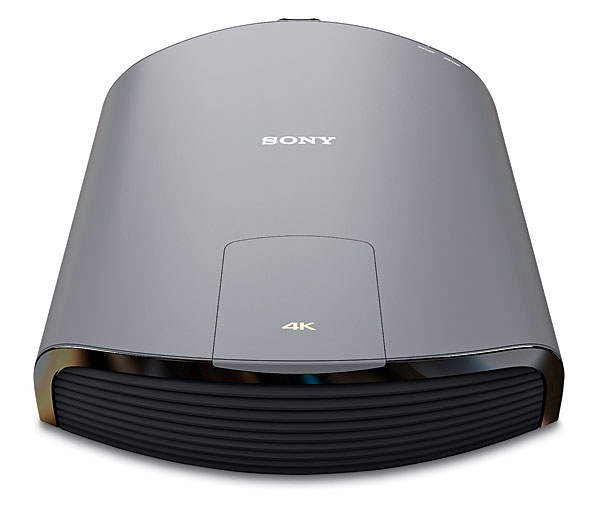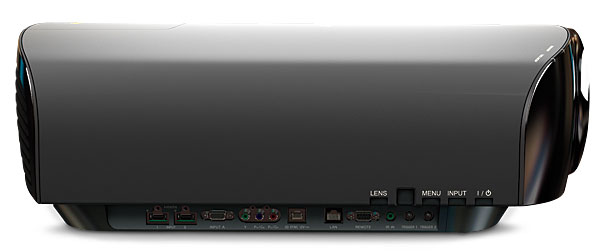Both me and my dealer are confused by this. I need to get this straight because of throw distance restrictions I have. Can you explain this a little more from the middle of page 2 of the article? What does using an anamorphic memory setting have to do with changing the minimum throw distance?
"Sony specifies the throw distance for the VPL-VW1000ES as 1.27 to 2.73; this is said to be reduced to 1.68 to 2.73 if you use the lensless anamorphic memory setting."












































































